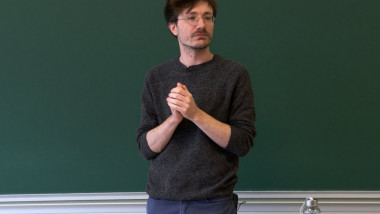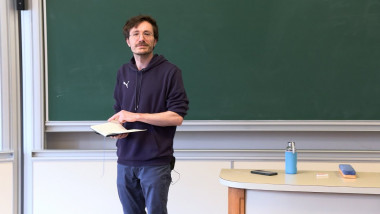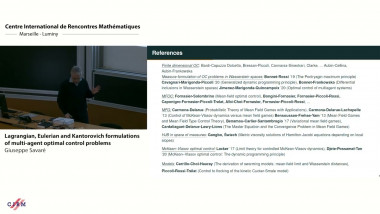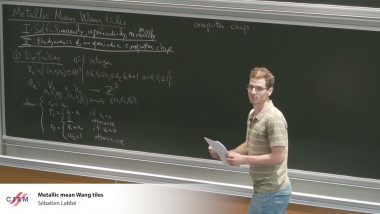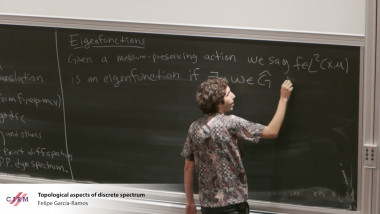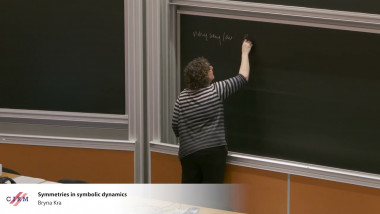Stability of the set of quantum states
De Stephan Weis
A convex set C is stable if the midpoint map (x,y) - (x+y)/2 is open. For compact C the Vesterstrøm–O’Brien theorem asserts that C is stable if and only if the barycentric map from the set of all Borel probability measures to C is open. Equivalently, the convex hull of any continuous function on C is continuous. We briefly discuss aspects of an extension of this theorem to certain non-compact sets [1]. An example is the set of quantum states (density operators on a separable Hilbert space) where continuity properties of entropic characteristics have been obtained from the stability. In the main part of the talk we present consequences of the stability for a finite-dimensional quantum system. 1) One result is a sufficient condition for the discontinuity of a maximum-entropy inference map under linear constraints (MaxEnt map) in term of the geometry of the linear image of the set of quantum states [2]. A corollary is that the irreducible three-party correlation of three qubits is discontinuous at the GHZ-state. 2) A second result is a continuity characterization of a MaxEnt map defined by a two-dimensional family of linear constraints [3]. A corollary is that the non-analyticity of the ground state energy of a one-parameter Hamiltonian is witnessed by a discontinuity of the MaxEnt map constrained on expectation values of the two energy terms.

